
|
|
|
|
|
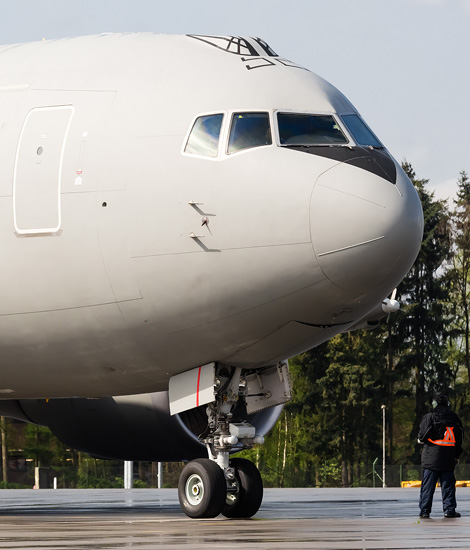
|
European Air Refuelling Training; Eindhoven, April 8, 2014
Controlling the National Airspace, part 2; Text and Photograph's by Alex van Noye
The European Air Refuelling Training (EART) was held at Eindhoven Air Base in parallel to the exercise Frisian Flag at Leeuwarden Air Base. The EART is a mandatory tanker qualification for the European fighter pilots. The European tanker training takes place in week 14 and 15 and will take place over the Wadden Sea.
The Dutch airspace is divided into a number of operational practice areas. A few of these practice areas are the so-called low flying areas (Gebied Laag Vliegen, GLV). The helicopters of the Royal Netherlands Air Force are in these areas in the country allowed to make low level flights and making practice landings outside the airfields. The training areas which are used at higher altitudes are the military's TMAs (Terminal Control Area). Various types of Air-to-Air (A/A) operations can be performed by military aircraft in the military TMAs. Air to Air operations are operations which are flown by aircraft against or with other aircraft. There are various types of A/A operations within the military aviation, such as; Air to Air Refuelling (AAR), Intercepts & Visual Identification (VID), Basic Fighter Maneuvers (BFM), formation flights, escort flights and Combat Air Patrols (CAP). TMAs are areas which could contain in relation to the other airspace situations which may change rapidly. For this reason, this specific airspace is under the supervision of a terminal operator at the national air traffic control in Nieuw Millingen. In civil aviation, the TMAs are usually areas which serve one or more airfields and are therefore busy with landing and departing traffic. In military aviation, the TMAs are areas where it is often busy with several warplanes and support aircraft such as transport aircraft and tankers. These areas are under the supervision of the radar operator during random military exercises which are flown in these areas. The hard part of these kinds of TMAs is that both "fast movers" such as F-16s and "slow movers" such as helicopters and cargo aircraft are active in the area.
The Dutch military airspace consists of eight TMAs which cover the whole country except the Randstad area. The areas in the Randstad are not military, because these areas are under control of the airports Amsterdam Schiphol and Rotterdam Airport. These areas are too busy for military traffic and are therefore exclusively used by civil traffic. The TMAs are pieces of airspace which are often defined at bigger altitudes.
|
|
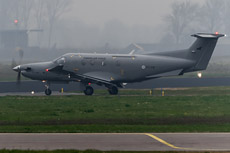
|
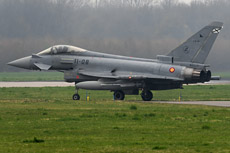
|
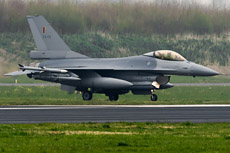
|
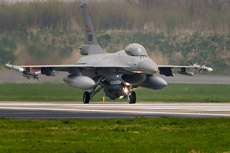
|
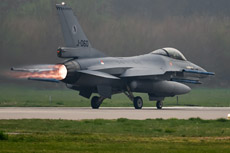
|
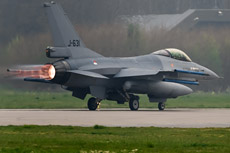
|
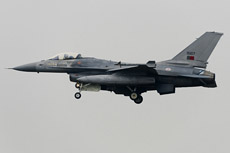
|
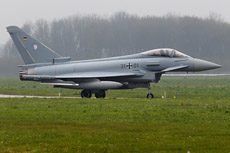
|
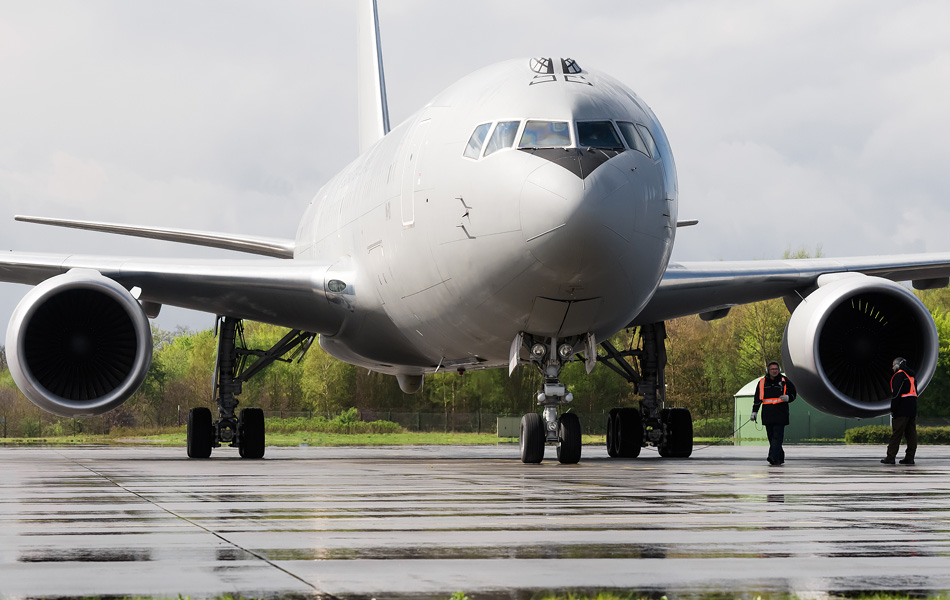
|
The minimum and maximum altitudes of these regions vary from area to area. It depends on the population density of the area and the number of airfields which are nearby. In the airspace under the minimum height of the TMAs are the CTRs (Control Regions) of the airfields and the low flying areas (GLV's) located. The remaining airspace is VFR (Visual Flight Rules) area for small aircraft. The four largest military TMAs are TMA-Alpha, TMA-Bravo TMA-Charlie and TMA-Delta. The TMA-Alpha is located above the Wadden Sea and the North of the province of Noord-Holland, Friesland and Groningen. F-16s from Leeuwarden Air Base are using this area intensively. The TMA-Bravo and TMA-Charlie cover the airspace over the provinces of Drenthe, Overijssel, Gelderland north and the south of Friesland. The TMA-Delta is the largest training area in the Netherlands and covers the entire south of the country with the exception of Zeeland and the southern part of Limburg. The Smaller military TMAs are the TMA-Echo above the North Sea and the TMA-G1 over the Eastern side of Zeeland and the TMA-G2 over the Western part of Zeeland. The smallest TMA in the Netherlands is the TMA-SSB above the Soesterberg region.
The military training areas are also used during the European Air Refuelling Training (EART). The area used for the EART is north of the TMA-A, because refueling in the air should not happen over land for safety reasons in the occupied area. The Nether- lands is too densely populated to refuel aircraft over land. The EART will take place simultaneously with the international exercise Frisian Flag. Participants who fly during Frisian Flag also participate in the EART to achieve their tanker qualifications. Practicing the aerial refuelling skills is for fighter pilots an important exercise, because it is generally a difficult action in the air. Refuelling in the air requires a high degree of concentration of the pilots. The participating tankers during the EART exercise are stationed at Eindhoven Air Base. A total of three tankers are flying along during the refueling course during Frisian Flag. The Netherlands is participating with a KDC-10 of the no 334 Squadron during the exercise. The Italian Air Force has sent a KC-767A of the 14° Stormo 8° Gruppo RM from Pratica di Mare to Eindhoven. The Italian tanker will participate in the exercise during the second week of Frisian Flag. The third tanker which is participating in the exercise is an Airbus A310MRT of the German Luftwaffe. This tanker is assigned to the Flugbereitschaft des Bundesministeriums of Vertei- digung (FBS BMVG) which is stationed at Köln-Bonn.
The air forces of the European countries have together approximately forty tankers which are not all of the same type. In addition, the way of working differs from country to country. Joint training with European partners is therefore necessary to prepare for international deployments of coalition forces. The tankers from Eindhoven have an average of 120,000 liters of fuel on board for the EART mission. The aircraft will circle above the Wadden Sea and the North Sea. The aircraft will circling at high altitude to refuel the participants of Frisian Flag. The Dutch KDC-10 tanker is equipped with the Flying Boom system to refuel the Dutch F-16s during the mission. The German Airbus A310MRT is equipped with the bucket system which can be used to refuel the Spanish Eurofighters and the Finnish F/A-18. The Italian KC-767A is equipped with both systems and is therefore capable to refuel all types of aircraft. During the mission, the fighters will form a formation on the right side of the tanker. After the aircraft are refueled, they will move up to the left side of the tanker. The tankers will fly two missions a day and will take off on demand. This means that they will only fly if there are customers who need to be refueled during the mission. Eventually all pilots will refuel at the tanker several times in two weeks. After the exercise, the pilots are qualified for this year in terms of their tanker skills.
|
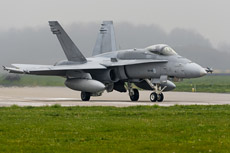
|
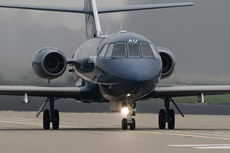
|
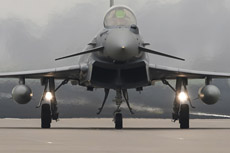
|
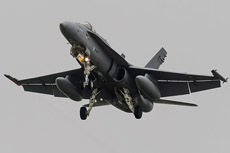
|
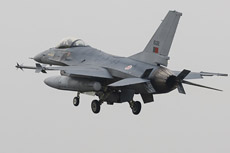
|
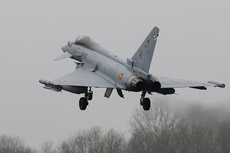
|
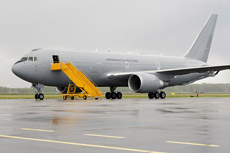
|
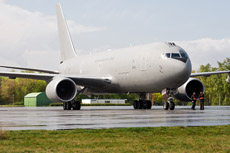
|
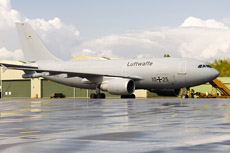
|
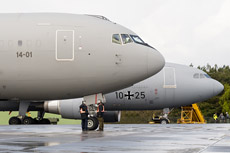
|
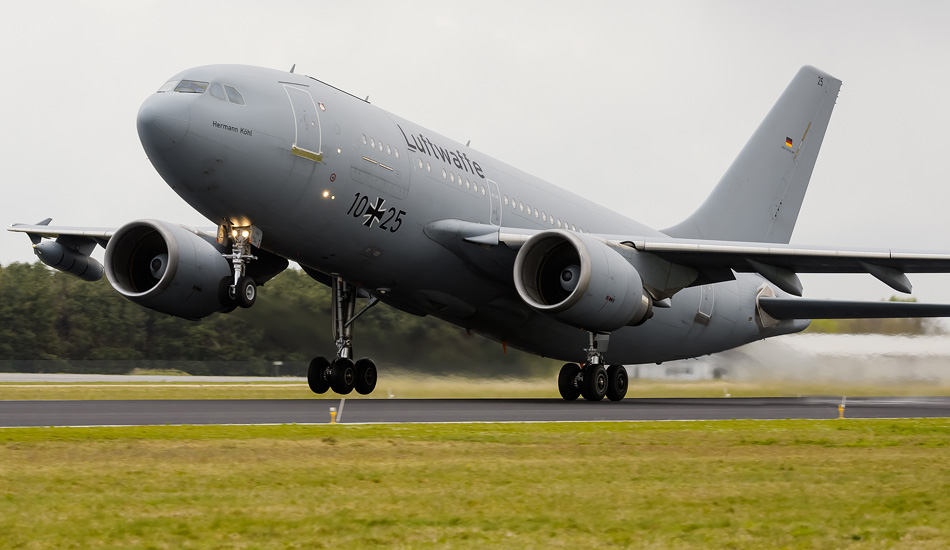
|
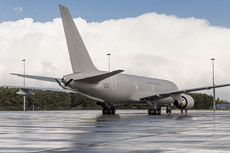
|
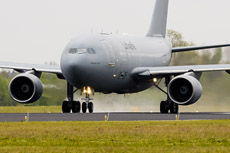
|
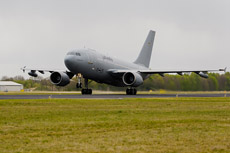
|
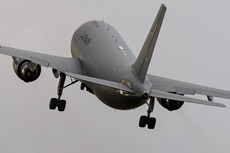
|
|
|

|







